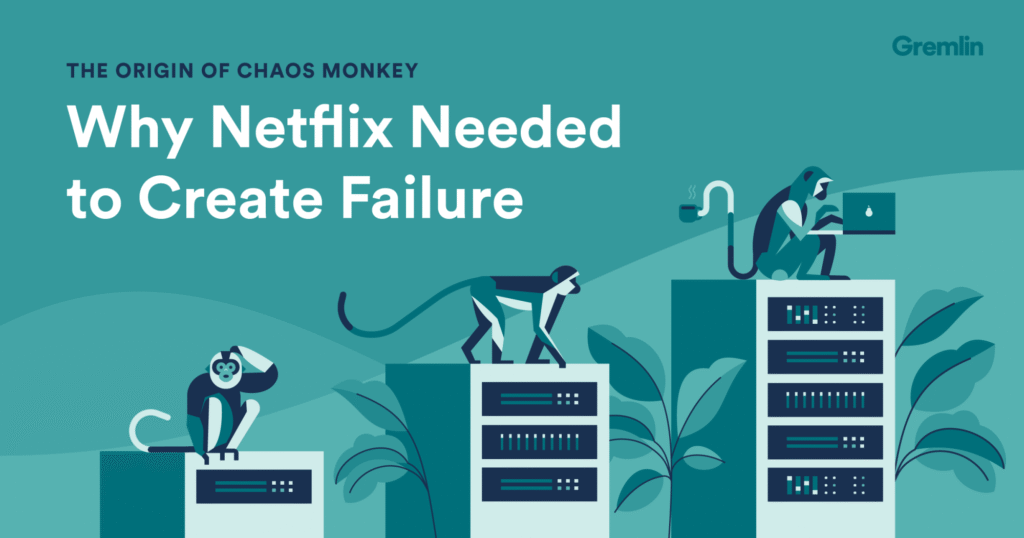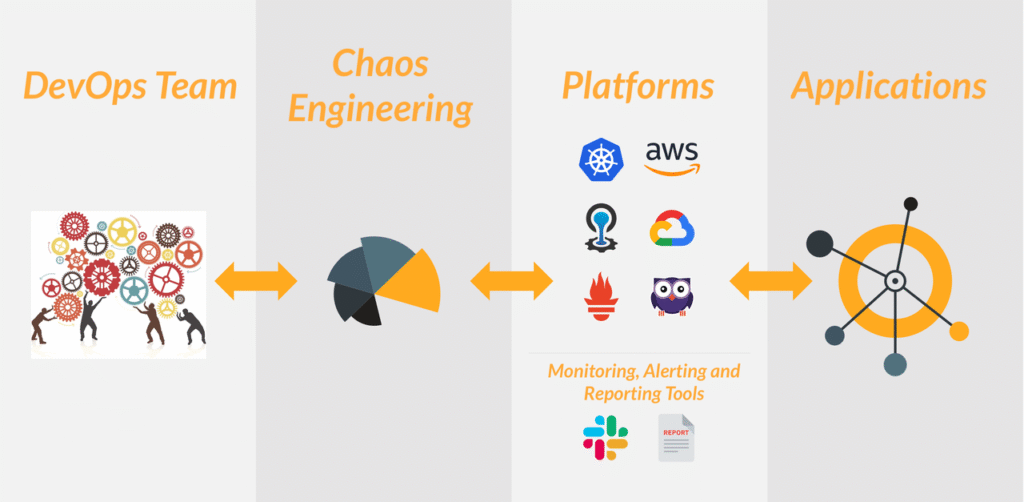Netflix Chaos Monkey: Brief Explanation
Chaos Monkey is an open-source tool developed by Netflix to test the resilience and fault tolerance of its cloud-based infrastructure. The tool works by randomly terminating virtual machine instances or containers in a production environment, simulating real-world failures such as server crashes or network outages. The primary goal is to ensure that Netflix’s services can withstand unexpected disruptions without affecting the user experience.
How Chaos Monkey Works
- Random Failure Injection: Chaos Monkey selects and terminates instances at random, mimicking unpredictable failures that can occur in real-world cloud environments.
- Continuous Testing: It runs regularly (often during business hours), so developers are always aware that their systems must be resilient to sudden failures.
- Automated Recovery: By forcing failures, it ensures systems have proper auto-scaling, redundancy, and failover mechanisms in place.
- Integration: At Netflix, Chaos Monkey is integrated with their continuous delivery platform (Spinnaker), allowing for easy scheduling and management of chaos experiments.
Example Scenario

Suppose Netflix has a microservices architecture running on AWS. Each microservice is deployed across multiple instances for redundancy. Chaos Monkey might randomly terminate one of the instances running the “Recommendations” service during peak hours. If the system is well-designed, the load balancer will route traffic to the remaining healthy instances, and auto-scaling policies will launch a replacement instance automatically. The user watching Netflix will not notice any disruption—the “Recommended Picks” might briefly disappear, but the app remains stable and responsive6.

When the service in AWS that serves the ‘Recommended Picks’ data is down… your Netflix application doesn’t crash… Netflix software merely omits the stream, or displays an alternate stream, with no hindered experience to the user—exhibiting ideal, elegant failure behavior.6
Diagrammatic Explanation
Below is a simple diagram to illustrate how Chaos Monkey operates:

- Step 1: User requests are routed through a load balancer to multiple service instances.
- Step 2: Chaos Monkey randomly terminates one of the instances (e.g., Instance 2).
- Step 3: The load balancer automatically reroutes traffic to the remaining healthy instances, ensuring continuous service.
Key Benefits
- Increases Reliability: Forces teams to build resilient, self-healing systems.
- Uncovers Hidden Issues: Identifies weaknesses that may not surface during traditional testing.
- Continuous Improvement: Regular chaos sessions help maintain high availability and robust recovery mechanisms.
Summary Table
| Feature | Description |
|---|---|
| Purpose | Test system resilience by simulating random failures |
| How it works | Randomly terminates instances in production |
| Integration | Works with continuous delivery platforms (e.g., Spinnaker) |
| Example outcome | Service remains available even if an instance is terminated |
| Benefit | Identifies and fixes vulnerabilities before they impact users |

Chaos Monkey is a cornerstone of Netflix’s chaos engineering practice, ensuring their services remain robust, reliable, and user-friendly even in the face of unexpected failures.






GIPHY App Key not set. Please check settings